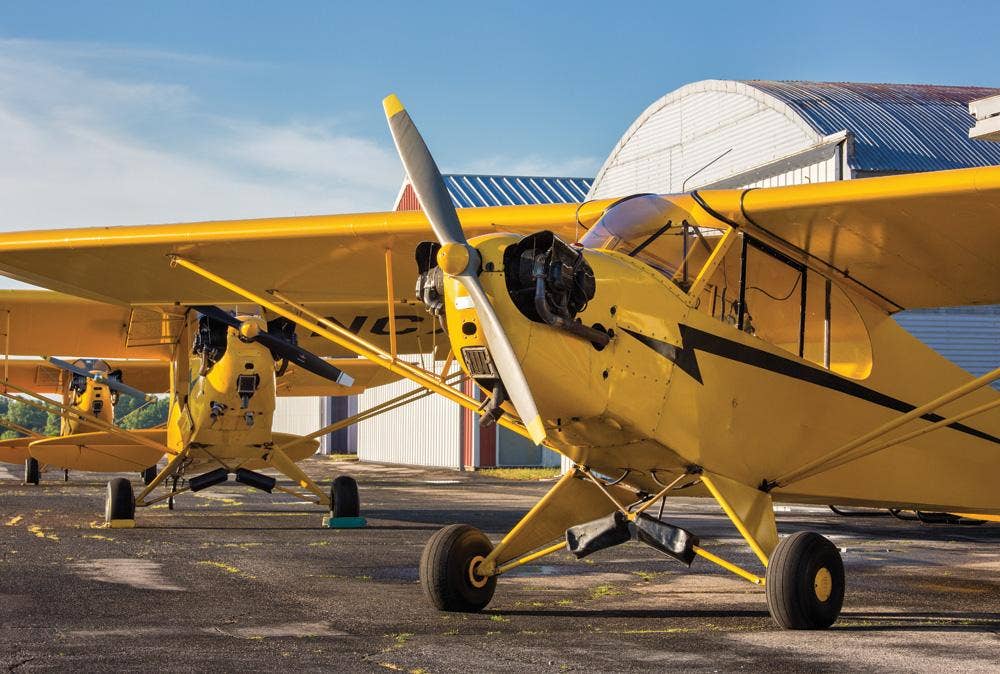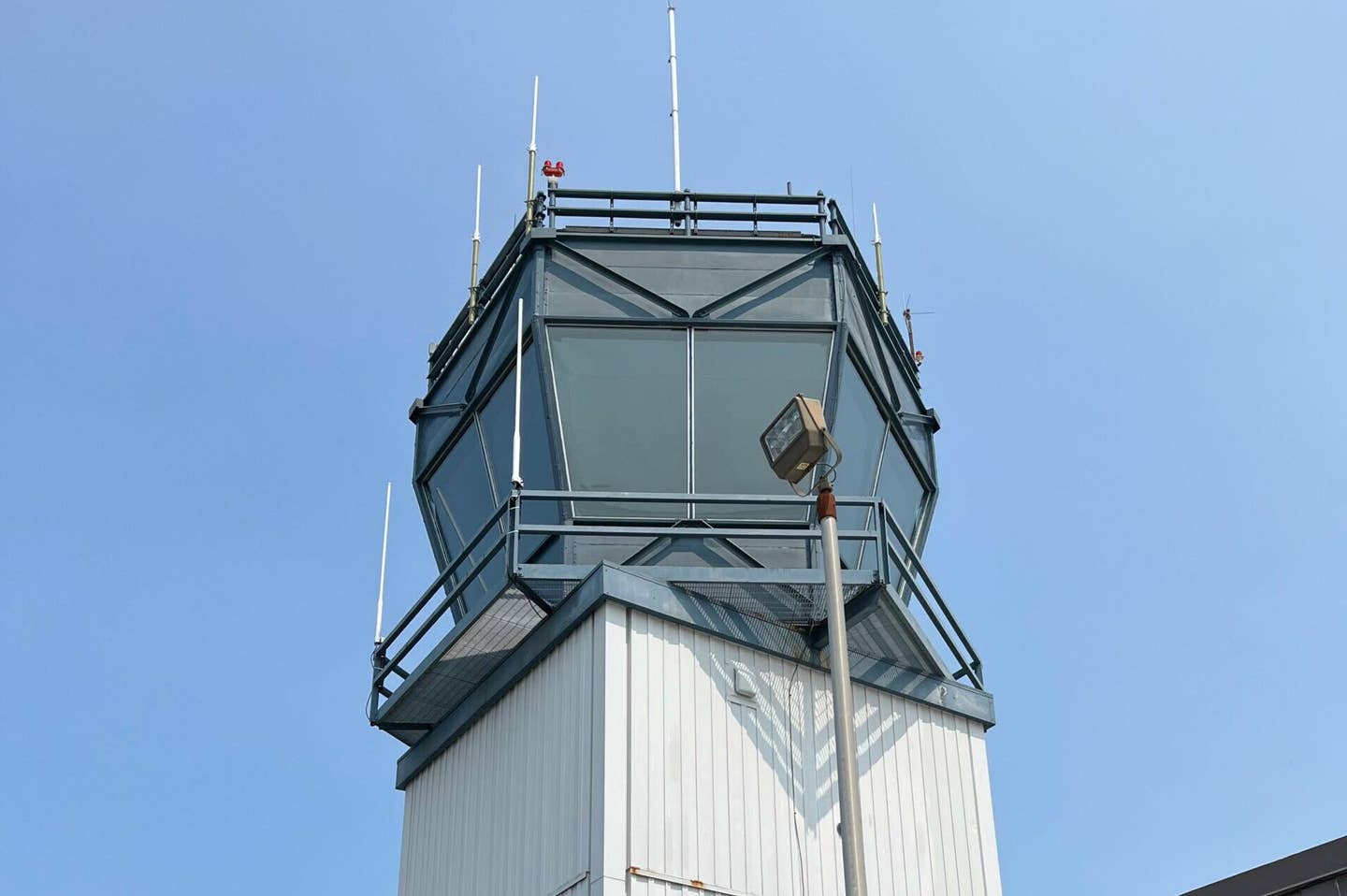How to Minimize the Risk of Flying Older Aircraft
Cub, champ, maintenance, aging aircraft, inspections, 100 hour, annual, non-destructive testing, NDT

The Piper J-3 Cub was built between 1938 and 1947 [FLYING Archives]
Q: My friends and I mostly fly light backcountry in vintage 1940s Cubs and Champs that we hangar and maintain responsibly. Our airframes are still 75 years old. Aside from corrosion, how long will these old airframes remain safe to fly?
A: As a pilot, you take on a certain amount of risk when you leave the ground. Even the aircraft such as Cubs and Champs that you and your friends operate—while primitive by today's standards—are still complex machines. You can minimize the risk by vigilance and maintaining a keen eye to detail.
The instrument panel will give you baseline information on how the aircraft performs, for example, altitude, engine rpm, and oil pressure. What the gauges do not tell you, however, is the state of the structure under the fabric. The 100-hour and annual inspections allow your maintenance professional to peel the onion, so to speak, and inspect the inner structure of your airplane. Just think of what these aircraft have seen over the past 75 years.
Routine inspections may not be sufficient to address every aspect of the aircraft's condition. Production of the older airframes came long before modern maintenance technology, such as some non-destructive testing (NDT). The aircraft's operation could also affect the structure, such as flying at low altitudes while inspecting powerlines. For this reason, The FAA publishes the Best Practices Guide for Maintaining Aging General Aviation Airplanes. This document is an excellent supplemental resource for maintaining older aircraft. Maintenance matters, and working with a trusted professional to adhere to or exceed manufacturers' guidelines will keep your airplane healthy and flying for years.
/

Subscribe to Our Newsletter
Get the latest FLYING stories delivered directly to your inbox






